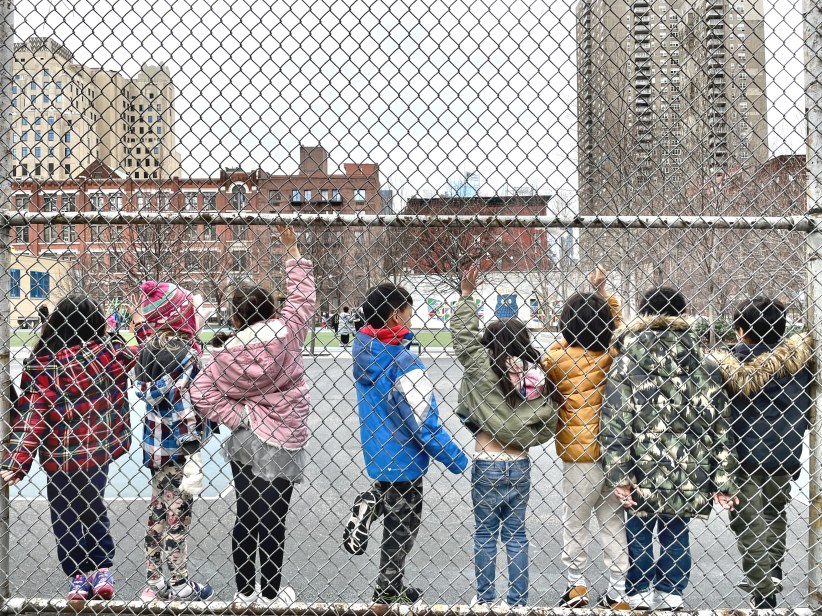Choosing a college is the culmination of many years of hard work on the part of the student and their families. It’s an achievement symbolizing both one’s identity as a student and aspirations for the future. Within the confines of the pandemic, however, this final step on the road to college has been remarkably different and notably more difficult for many students. Applicants have been limited in which schools they are able to visit, and even when in-person visits could take place, gaining a true sense of the unique vibe, pulse, and energy of a particular college can be challenging from just a 15-minute backward-walking tour.
How to Choose Which College or University to Attend
During this unique time in many students’ journeys, there remain a number of essential points one may not initially consider that are vital to this process of selecting the best fit for your student.
Identify key variables.
Narrow down a core set of eight to 10 variables deemed most important to your student and family in selecting a best-fitting school, like student life activities, is Greek life important to your child, are career services offered, and what on-campus facilities/amenities are important. Developing this abbreviated set of key criteria can help a student be intentional and reflective in their decision, solidifying the key attributes they are seeking in their college experience. Apply this list of variables to each college to define, rate, and organize each school by its degree of fit. This will help your teen quantifiably visualize and compare institutions.
Focus first on deposit, then waitlists.
Within this year’s admissions landscape, in particular, students may have been bombarded with more waitlist notifications than expected. This can complicate the decision process as there is certainly a level of emotional complexity behind committing to an institution and not necessarily feeling “all in” with other potential offers still looming in the near future. Acknowledging this challenge, students in this scenario should view their college choice for deposit as a separate, primary decision, and aim to make this process as quantitative as possible. Then, if still considering schools at which a student was waitlisted, view this as a secondary decision process to undergo only as such opportunities arise.
Look to the future.
The way a high school senior understands and anticipates their experience at a particular college may not always hold true as they progress through the years as a student at that institution. It is important for teens to consider how a particular college may bolster or limit future opportunities in potential areas of interest. For example, one school may offer more relevant internship opportunities in a particular field or career of interest (due to its location or alumni network) than other schools.
Prioritize balance.
When choosing which college to attend, students may feel bombarded with the opinions and recommendations of others, often creating more confusion than clarity. It’s important to take in and value such input, particularly from parents or others who may be supporting students in attending college. However, aim for balance. Look to select a school that offers balances the students desires (such as school climate or social life) with a parent’s likely dissimilar priorities (such as cost, location, or school ranking). In assessing other outside opinions, try not to give too much weight to singular anecdotes unless they can be supported by your own research—consider them as part of a holistic collection of information about the college.
Take a breath.
With time crunches and deposit deadlines, these decisions can often feel rushed and add undue pressure to students, potentially impacting their mental and emotional well-being. Parents should take note of signs of stress and anxiety, and encourage their child to take the necessary time to rest, regroup, and gradually chip away at the decision-making process. This final step on the road to college should be an experience students enjoy, as opposed to stressing about making the “right” choice.
Using an informed, methodological approach that combines a collection of quantitative and qualitative information, students and families can more intentionally make this momentous decision. Just remember: Your child’s college choice is just one of many decisions they’ll make along their life journey.






















